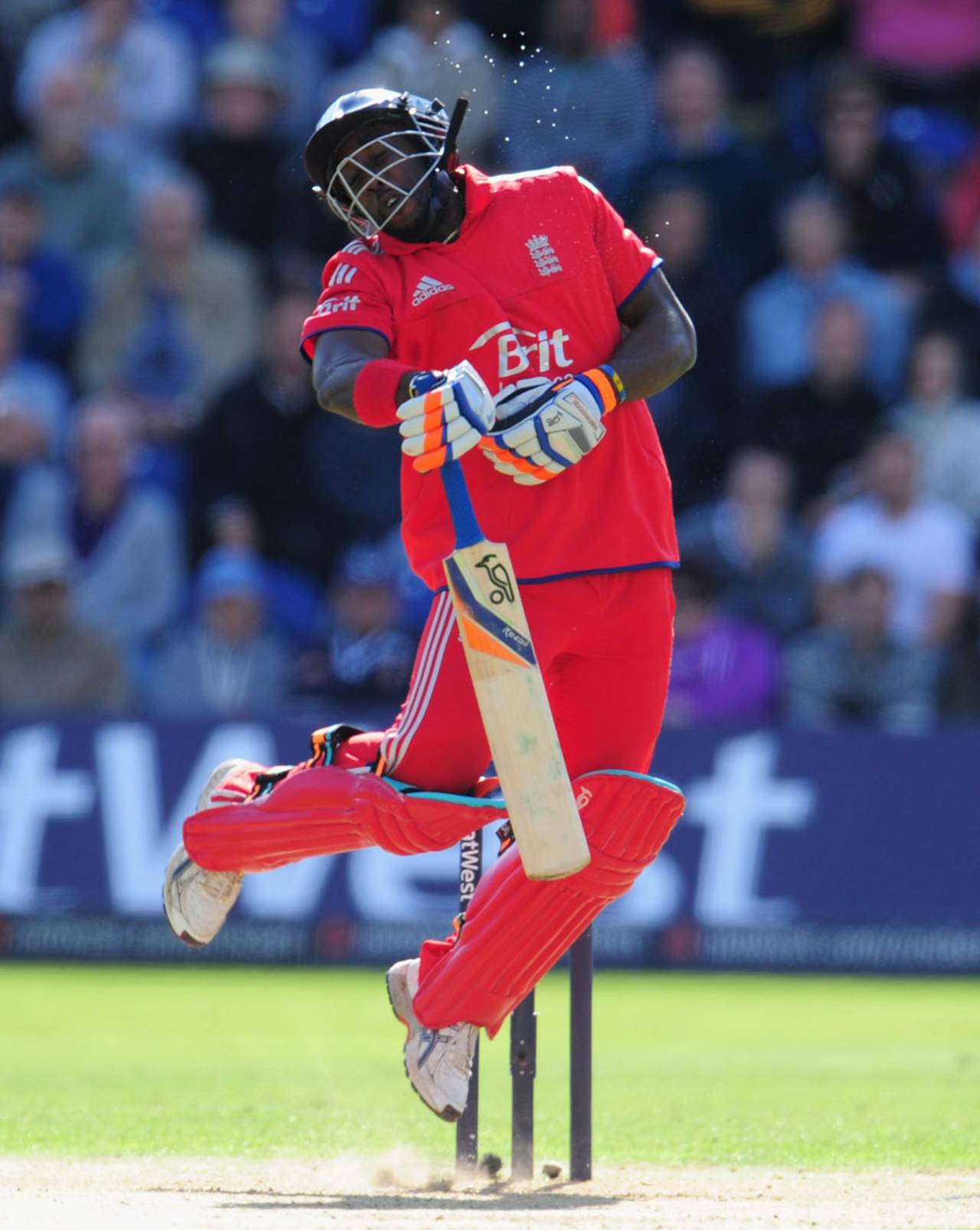When the cricket administrators get some time away from whatever they do, they set out on their favourite pursuit: tweaking the rules of ODI cricket. Is there any form of any sport that has seen such a slew of changes in years so few?
First up, the Powerplays. The earlier form of having only two fielders outside the inner circle for the first 15 overs had to be necessarily done away with, for it placed the fielding side utterly at the mercy of a rampaging batsman for so long a period. Bringing that period down to 10 overs was a near-perfect change. It is the other part that has been consistently got wrong. From two floating sets of five overs each, both in the control of the bowling side, to relinquishing control of one to the batting side, to doing away with the bowling set altogether and restricting the batting set to within 40 overs, this is one rule that the administrators have certainly been engrossed with. Yet, it remains largely imperfect because not many teams are ready to start accelerating as early as the 36th over. And, because the Powerplay begins not later than the 36th over, there is a greater need now than before to preserve wickets, thereby lessening the risk taken by teams during overs 11-35, resulting in the cricket becoming more monotonous than before during this phase. Ironically, the intent of introducing Powerplays was to make the middle overs more exciting.
The solution? Perhaps, allowing the second Powerplay to be taken at any time upto the 45th over. That may do some good to the flow of the game, as the timing of the Powerplay could then coincide with the upward swing of the batting team's momentum. More introspection should surely yield a solution that betters the existing rule.
The practice of allowing not more than four fielders outside the circle at any point in the game has done some good and a lot of bad. Batsmen now need to be more inventive than before to steal singles in the middle overs. But come the slog overs, they can help themselves to a bounty of runs, with only four of the standard eight boundary positions manned. On any decent batting wicket, particularly in the subcontinent, 300 is now only a par score. Run feasts can excite the fans but can also jade them just as quickly.
Then comes the free-hit. What on earth is this T20 gimmick doing in one-day cricket? A bowler who oversteps is already penalised by the no-ball call that grants an extra run and an extra ball to the batting side, in addition to nullifying most forms of dismissals that he may have effected with that delivery. Does he really need to be punished the next ball too for this transgression? To put it in perspective, the same bowler can bowl a beamer, which is infinitely more dangerous to a batsman and be penalised just a single run.
In an effort to make the game friendlier to the bowlers, the two-bouncers-an-over rule was introduced. Although it has obvious merits, I (and a few international batsmen) dread the day a bowling-heavy side delivers 100 bouncers out of 300 legitimate deliveries in bowling-friendly conditions. Maybe it is just me being cynical, but I believe one bouncer is adequate.
There are no runners allowed for batsmen in one-day cricket now. This is a harsh rule, and is unnecessary in ODI cricket. No batsman would want to use a runner unless he necessarily needs to, simply because a runner increases the chances of a run-out. And, in the past, the fielding captain and the umpires could always turn down a request for a runner, if the grounds for asking one were not justifiable to their eyes.
A lot of cricket grounds have very short boundaries these days for ODIs too. Although this produces more fours and sixes, it perilously blurs the difference between a hit and a mishit, between skill and luck. A bowler can have two moral victories over a batsman over the course of an over but he could still have gone for two sixes and lost the match for his team. In a cricketing ecosystem where quality spinners are becoming scarce, this is a malady that has to be swiftly remedied.
ODI cricket is certainly not dying now. The popularity and interest generated by recent bilateral series' and multi-nation tournaments can be taken as an indicator that it is, in fact, a thriving format. It should pay well to remember that ODI cricket has prospered not necessarily due to the administrator-infused changes but, more likely, despite those changes.
At least, I am thankful there are no SuperSubs now.
If you have a submission for Inbox, send it to us here, with "Inbox" in the subject line Karthik Sampath works in IT in Chennai. He likes Tests, ODIs and T20s in that order, and grudgingly acknowledges franchise-based games as cricket. He plays tennis-ball cricket at a ground on Saturdays and at an apartment parking lot on Sundays. He tweets here
